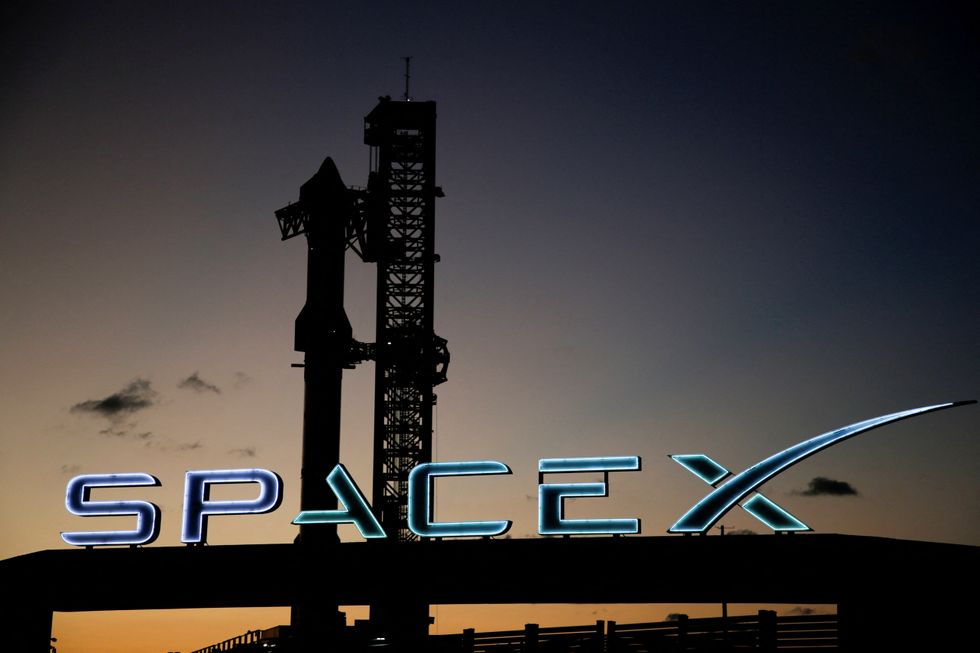WATCH: Stephen Fry says Musk is trying to get to Mars as he knows the world is "doomed"
GB News
The technology is inspired by how plants use photosynthesis to convert light into energy
Don't Miss
Most Read
Trending on GB News
Scientists have revealed a new potential way of travelling to Mars using lasers.
The technology is inspired by the way plants and bacteria convert light into chemical energy through photosynthesis, and could be used to power clean energy on Earth.
In the plans, scientists aim to repurpose the light-harvesting antennae from certain types of photosynthetic bacteria to "amplify" energy from sunlight, and then convert it into laser beams that can transmit that energy across space.
In addition to this, by using organic materials rather than "perishable" artificial components the lasers could be effectively re-grown in space, meaning they could be kept in operation without replacement parts having to be sent up from Earth.

The surface of Mars
Getty
The project, known as APACE, is first being developed under laboratory conditions before scientists test its suitability for space applications. Professor Erik Gauger, from Heriot-Watt's Institute of Photonics and Quantum Sciences, explained the revolutionary potential of the technology.
"Regular sunlight is usually too weak to power a laser directly, but these special bacteria are incredibly efficient at collecting and channelling sunlight through their intricately designed light-harvesting structures," he said.
The bacteria can amplify solar energy "by several orders of magnitude", according to Professor Gauger.
The system would utilise bacteria that have evolved to survive in extremely low light conditions, making them nature's most efficient solar collectors. Scientists will develop both natural and artificial versions of these structures to create new laser materials.
LATEST DEVELOPMENTS

Space X's next generation Starship
Reuterws
The breakthrough comes as space agencies and private companies intensify their Mars exploration efforts.
SpaceX's Starship, the world's most powerful rocket, is preparing for its sixth test flight as it develops capabilities for future Mars missions.
The spacecraft is set to play a vital role in both NASA's lunar missions and SpaceX CEO Elon Musk's vision of Mars colonisation. China is also advancing its space capabilities, with plans to retrieve Martian soil samples by 2031 through its Tianwen-3 mission.
The bacteria-based laser technology could provide a sustainable power solution for these ambitious Mars missions, addressing one of space exploration's most significant challenges. The research team expects to have their first prototype ready for testing within three years.

Space X CEO Elon Musk
Reuters
The technology could transform not only Mars missions but also provide clean, wireless energy solutions back on Earth.
"If our new technology can be built and used on space stations, it could help to generate power locally and even offer a route to sending power to satellites or back to Earth using infrared laser beams," Professor Gauger explained.
Scientists will begin by studying bacteria that have evolved to capture nearly every photon of light they receive. The team will then develop the components into a new type of laser material for testing in increasingly larger systems.








